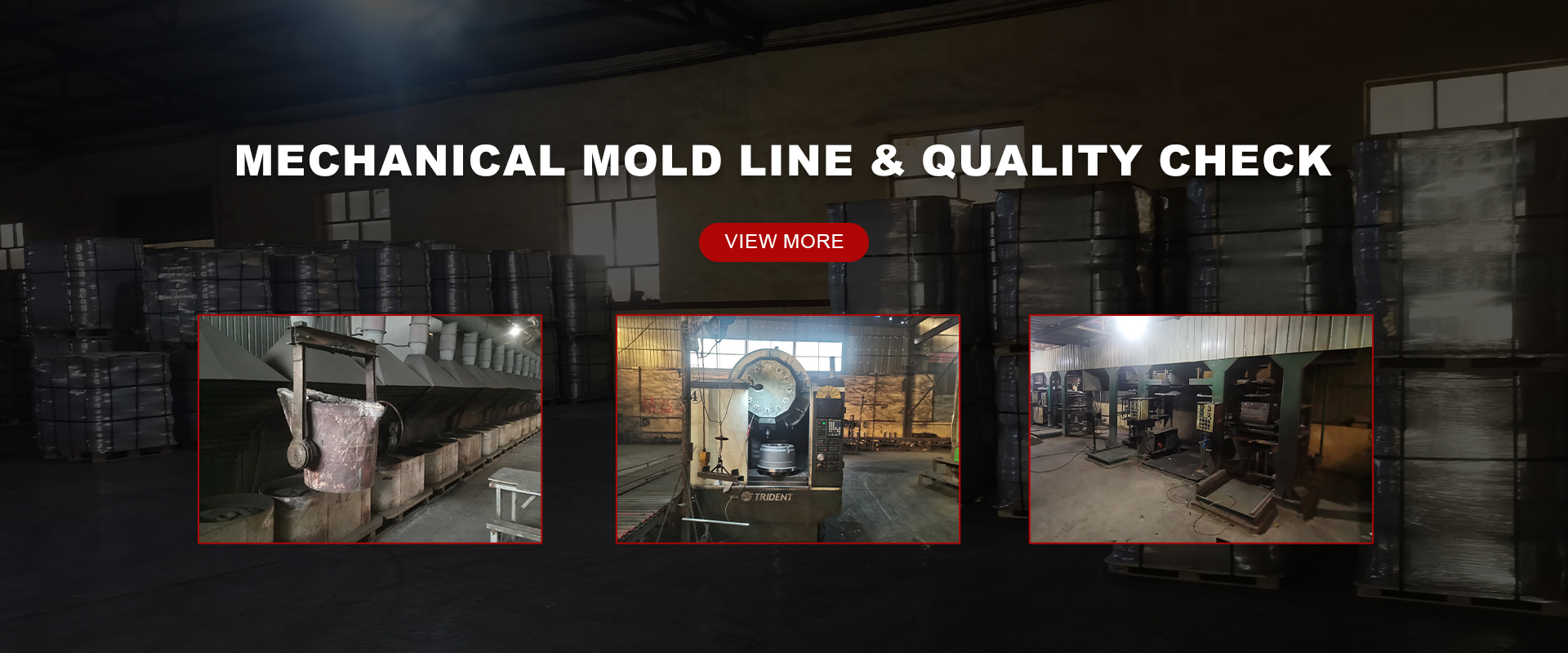نويابىر . 17, 2024 22:43 Back to list
brake drum wear patterns
Understanding Brake Drum Wear Patterns
Brake drums are critical components in a vehicle's braking system, particularly in older models and heavy-duty vehicles like trucks and buses. The efficiency and safety of these braking systems largely depend on the condition of the brake drums. This article discusses the wear patterns that can occur in brake drums, the factors influencing these patterns, and the implications for vehicle maintenance and safety.
Types of Brake Drum Wear Patterns
Brake drum wear can generally be classified into several patterns, including but not limited to
1. Scoring This is characterized by deep grooves or lines on the surface of the drum. Scoring typically occurs due to the use of worn-out brake shoes or contaminated brake linings. When the friction material deteriorates or becomes contaminated, it can cause the surface of the drum to be scratched, leading to uneven braking and increased stopping distances.
2. Heat Checks Heat checks are small cracks that develop on the surface of the drum due to excessive heat. They are often a result of prolonged braking or overloading the vehicle. Continuous heating and cooling cycles can weaken the drum material, leading to thermal stress and cracking. This condition not only hampers braking performance but can also lead to complete failure if not addressed.
3. Concentric Wear This wear pattern appears as a uniform reduction in thickness around the drum but may indicate misalignment within the braking system. If the drum is not perfectly aligned with the axle, it can lead to uneven wear. Concentric wear can result in vibrations during braking, significantly compromising driver comfort and safety.
4. Chatter Marks These marks typically showcase a wavy pattern on the drum's surface and can result from excessive friction or poor-quality brake materials. Chatter marks can lead to a decrease in braking efficiency and can increase wear on both the drum and the brake shoes.
brake drum wear patterns

5. Rusted Drums Corrosion can occur for several reasons, including exposure to moisture and the use of inferior materials. Rust can lead to pitting and roughness on the drum surface, reducing the overall effectiveness of the braking system.
Factors Influencing Brake Drum Wear
Several factors influence brake drum wear patterns, including driving habits, environmental conditions, and vehicle maintenance practices. Aggressive driving, characterized by rapid acceleration and hard braking, can lead to accelerated wear. Similarly, driving in hilly or mountainous terrain puts extra strain on the braking system, leading to increased heat generation and wear.
Environmental factors also play a role; for instance, frequent exposure to salt or moisture can encourage rust formation on the drums. Additionally, prolonged neglect of vehicle maintenance can result in the use of worn or low-quality brake components, further exacerbating wear patterns.
Implications for Maintenance and Safety
Understanding brake drum wear patterns is not only vital for maintenance professionals but also for vehicle owners. Regular inspection of brake components can help detect early signs of wear, allowing for timely interventions. Replacing worn brake shoes, resurfacing or replacing drums, and ensuring proper alignment can significantly enhance braking performance and extend the lifespan of brake components.
Moreover, ignoring wear patterns can lead to significant safety hazards. Worn or damaged brake drums can result in reduced braking efficiency, increasing the risk of accidents. Therefore, it’s essential to prioritize routine brake inspections as part of comprehensive vehicle maintenance.
In conclusion, brake drum wear patterns provide valuable insights into a vehicle's braking system health. By understanding these patterns and their implications, owners and technicians can take proactive measures to ensure safe and reliable vehicle operation. Regular maintenance and timely repairs not only enhance safety but also contribute to a vehicle's overall performance and longevity.
-
Iveco Brake Drum | Premium OE Quality for Daily & Eurocargo
NewsAug.22,2025
-
Your Brake Drum Man: Quality & Performance Parts
NewsAug.21,2025
-
Explore Japan: Ultimate Travel Guide & Authentic Experiences
NewsAug.19,2025
-
Your Brake Drum Man: Premium & Reliable Brake Drums for Sale
NewsAug.18,2025
-
ROR Web Development: Build Fast, Scalable, Secure Apps
NewsAug.17,2025
-
Scania Brake Drums: OEM Quality for Optimal Safety & Durability
NewsAug.16,2025
